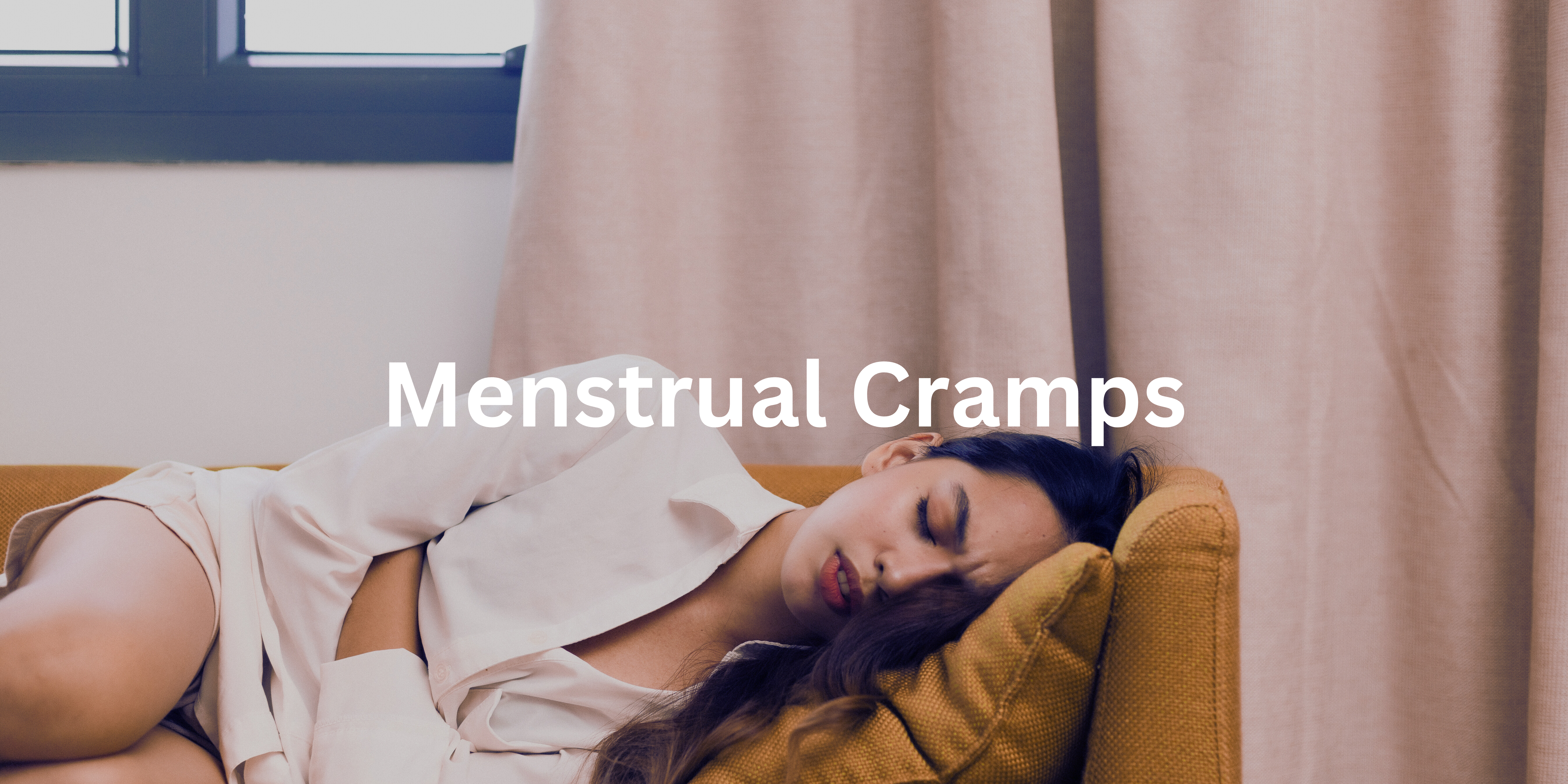Menstrual Cramps Treated with Acupuncture
Tackling Menstrual Cramps with Acupuncture for Painless Periods
Let’s explore how menstrual cramps can be treated with acupuncture. Acupuncture can provide relief for this common issue using techniques that work with the body’s natural processes.
For many individuals, the arrival of their monthly menstrual cycle can bring with it many symptoms, including menstrual cramps. These painful contractions in the lower abdomen can range from mild discomfort to debilitating pain, affecting everyday life. While over-the-counter pain relievers are a common go-to for relief, acupuncture offers a holistic and natural approach to managing and alleviating menstrual cramps. Many menstrual symptoms, including cramping, are not the norm so read on to learn why.
Understanding Menstrual Cramps from a Chinese Medicine Perspective
Menstrual cramps, also known as dysmenorrhea, can be from a variety of underlying issues, but ultimately are put into 2 categories:
-
Excess Condition: This includes
- Qi stagnation explained in acupuncture theory is usually related to liver Qi and stagnation is most commonly caused by acute or chronic stress which becomes lodged in the body and disrupts the nervous system causing a chronic state of tension in not only the liver but the entire body.
- Blood stasis –Blood stasis refers to blood circulation that is not smooth and stagnates in the viscera and meridians, or blood overflows vessels and fails to dissipate and discharge in time or
- Dampness accumulation in the body which can be the underlying cause of many conditions such as achy joints and limbs, headaches, many digestive issues, sluggishness and depression, and skin conditions such as acne. When the Qi isn’t flowing freely through the meridians, pain is created. The symptoms can include a bloating or sharp pain, dark clotted blood, and other PMS symptoms such as breast tenderness or swelling.
-
Deficient Condition: This includes
- Qi and blood deficiency. An abundance of qi and blood are required for the menstrual cycle, and when we lack this, symptoms can arise. This can include a dull, persistent cramping pain, feeling tired or dizzy during cycle, a lighter blood color or abscence of blood flow. Lower back ache or pain is a common symptom of deficinecy conditions.
How Acupuncture Helps with Menstrual Cramps
Acupuncture offers a holistic approach to relieving menstrual cramps by addressing the root causes of pain in discomfort. So, whether it’s primary or secondary dysmenorrhea, acupuncture can help:
- Pain Relief: Acupuncture stimulates the release of endorphins, the body’s natural painkillers, by opening up the meridians and creating a free flow of qi. This can help reduce the intensity of menstrual cramping to provide pain relief in an excess condition. If a deficient condition, acupuncture can help boost the body’s ability to produce qi and blood to fill the meridians to help eliminate pain.
- Muscle Relaxation: Fine acupuncture needles, when strategically placed at specific acupuncture points, can relax the uterine and pelvic muscles, reducing tension. Moxibustion, or the burning of mug wort, can also help boost qi and blood and warm the meridians to promote muscle relaxation.
- Hormone Regulation: Acupuncture is believed to influence hormone balance, helping to regulate the menstrual cycle and hormones to aid and reduce the severity of cramps over time.
- Stress Reduction: Acupuncture can help reduce stress and anxiety, which can both exacerbate and be exacerbated by the experience of menstrual cramps.
The Acupuncture Treatment
A typical acupuncture treatment plan for the menstrual cramps may involve the following steps:
- Initial Assessment: Your acupuncturist will conduct a thorough evaluation of your health history to get a picture of the body as a whole, including the severity and duration of the menstrual cramps. Typically, you want to start treatment about 7 days before your period begins.
- Treatment Plane Development: Based on the assessment, your acupuncturist will create a personalized treatment plan tailored to your specific needs.
- Acupuncture Sessions: Fine, sterile needles will be inserted into specific acupuncture points on the body, focusing on opening up the meridians and creating free flowing qi.
- Frequency of Sessions: A series of acupuncture session is usually required to achieve the best results. The number of sessions can vary depending on the condition and severity, but can often be in the 6-12 session range. The more frequent the treatments are, the more effective they are.
- Maintenance and Follow-Up: After the initial sessions, and some relief of symptoms, periodic maintenance appointments are often recommended to prevent the return of severe cramps and to support long-term menstrual health. This is often on a schedule of once every 4-6 weeks.
Is Acupuncture Right for You?
Acupuncture is safe, well-tolerated, and for many individuals enjoyed once they know what to expect during their treatments. Often side effects are minimal. However, it’s important to consult with a licensed acupuncturist to determine if this method is suitable for your specific condition. Clear communication about your symptoms and any changes during treatment is essential.
Conclusion and how to Book
If you are seeking a natural, holistic approach to managing and alleviating menstrual cramps for yourself or your teenage children, acupuncture offers a promising solution. By addressing the root causes of cramping and promoting the body’s natural healing processes, acupuncture can provide long-lasting relief and improve your overall menstrual health. Considering adding acupuncture to your menstrual care toolkit and embark on a journey towards a pain-free, more comfortable monthly cycle.
Book your Acupuncture session now with Dr. Carmen Carpenter
Email us with any questions you may have for Dr. Carmen or about direct billing your insurance plan.
Call us on 250 298 4484

